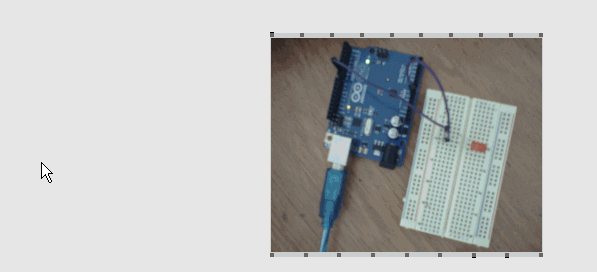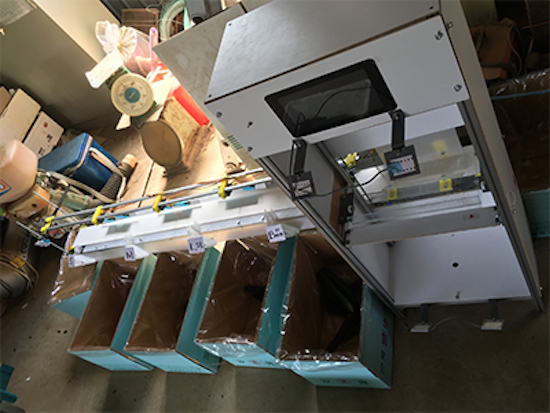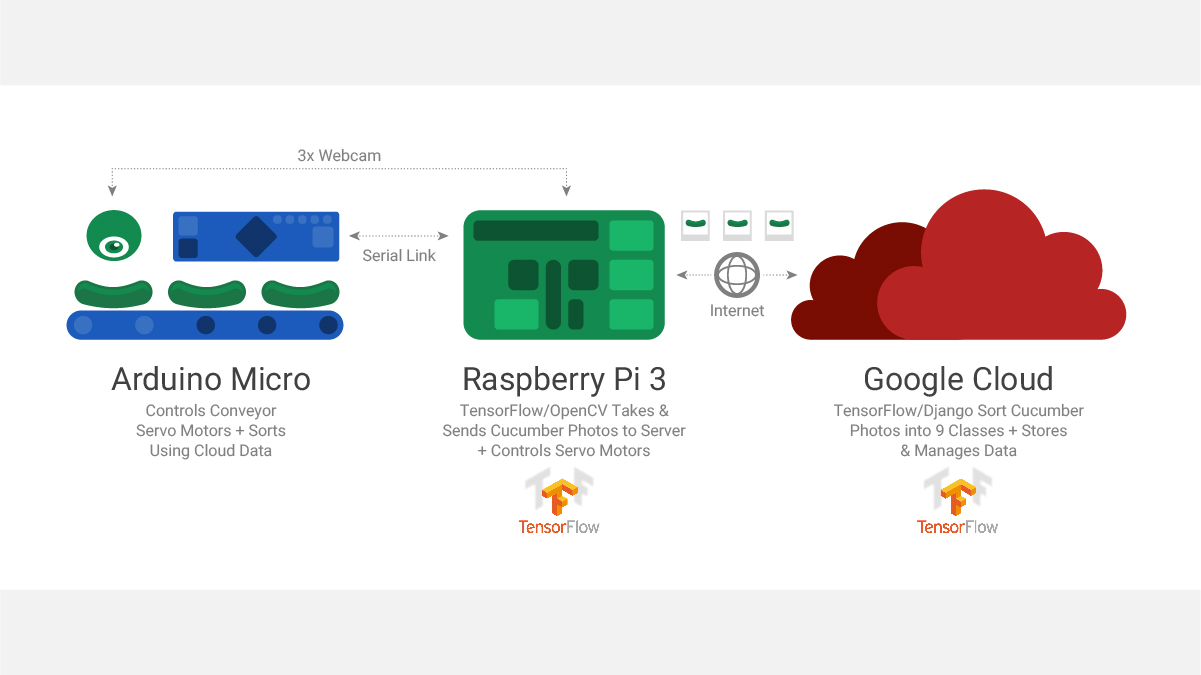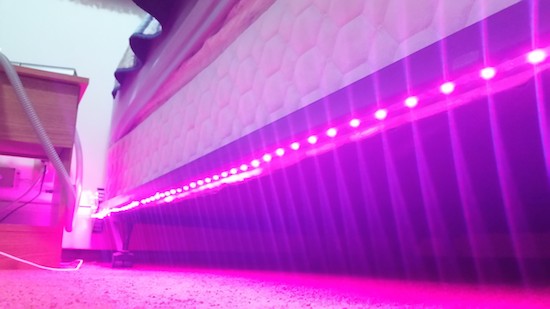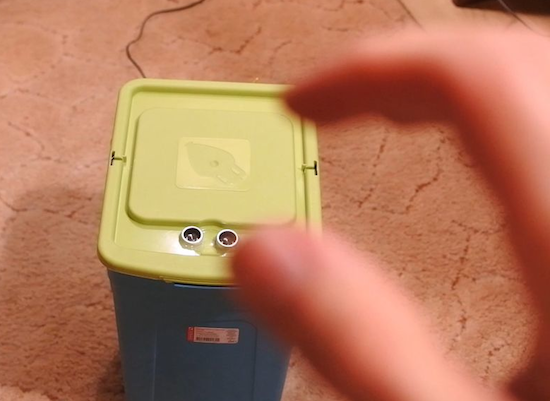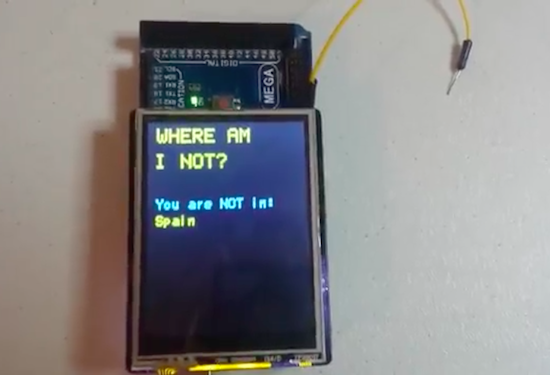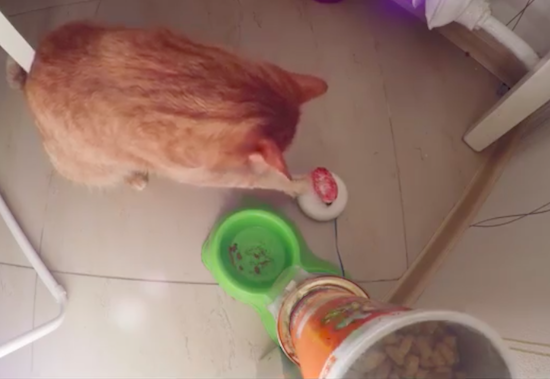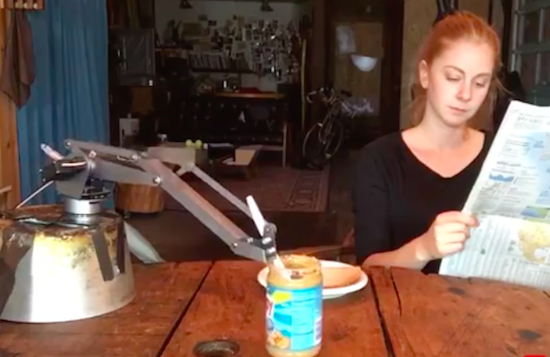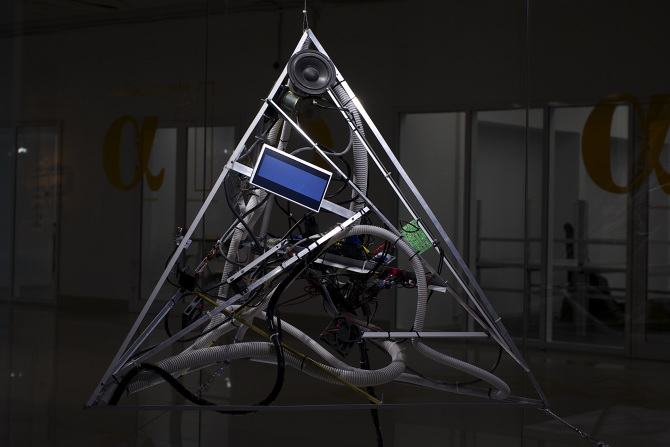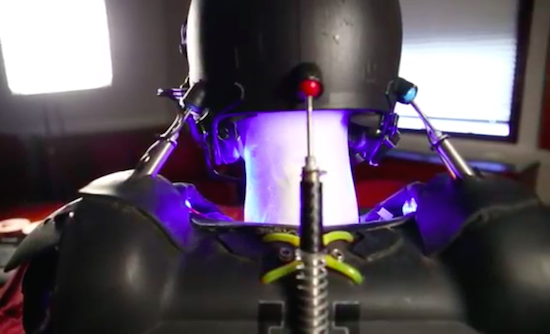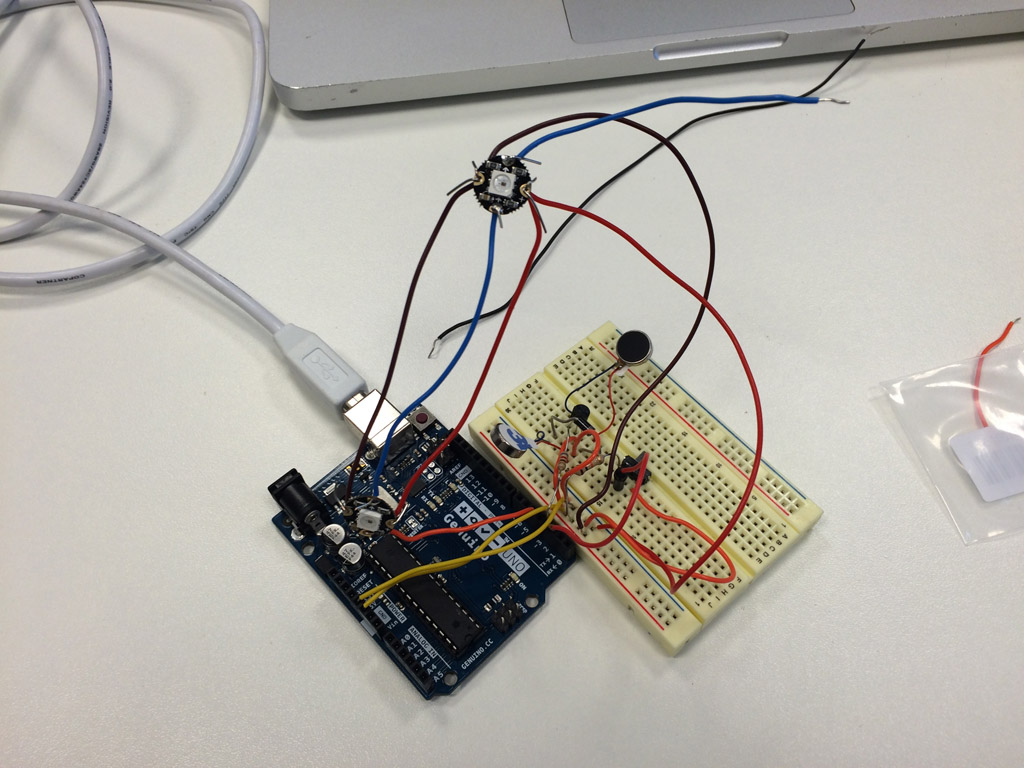Using Arduino with VVVV now is easier than ever
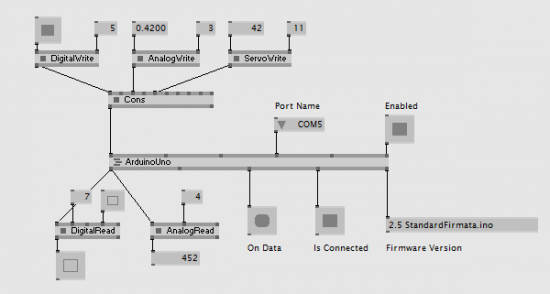
VVVV is an open-source software toolkit supporting interaction designers and artists handling of large media environments with physical interfaces, real-time motion graphics, audio and video that can interact with many users simultaneously.
The cool thing is that you can control Arduino and Genuino boards with VVVV by uploading a Firmata sketch and then start playing with the input and output pins.
What’s more, the team recently released a brand new set of nodes able to talk to your Arduinos. With this implementation you can:
- Just plug a DigitalWrite (Firmata), AnalogWrite (Firmata) or ServoWrite (Firmata) node to the Arduino node (or concatenate them together) to set the pins of the Board.
- Connect DigitalRead (Firmata) and AnalogRead (Firmata) nodes to get the values from the Board’s pins.
- Use the Sysex Messages output to receive different ‘Sysex Messages’ sent back by the Arduino Board. Some Sysex decoders are already there (see StringDecoder (Firmata), CapabilityDecoder (Firmata)). Sending custom ‘Sysex Messages’ is easy as well.
- Your board is not listed in the NodeBrowser? The Arduino nodes are easily adaptable for other controllers running Firmata. Hello teensy…
Easier than ever before:
- no need to supply a spread for all 20 pins and then SetSlice some of them to particular values.
- no need to define the ‘PinMode’ for each pin.
- no need to define which pins should report their values back.
Intrigued? Take a look at the details and discussion on VVVV blog!
